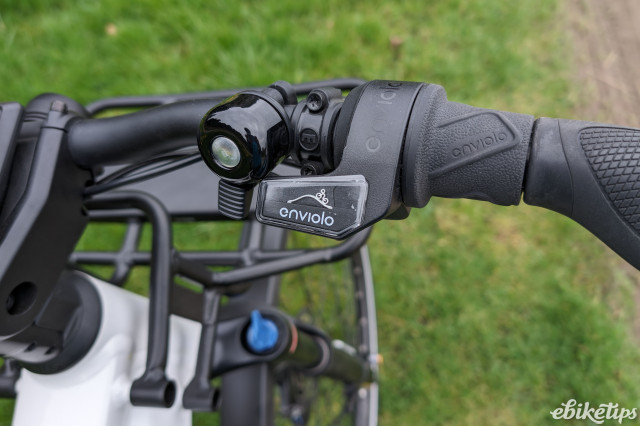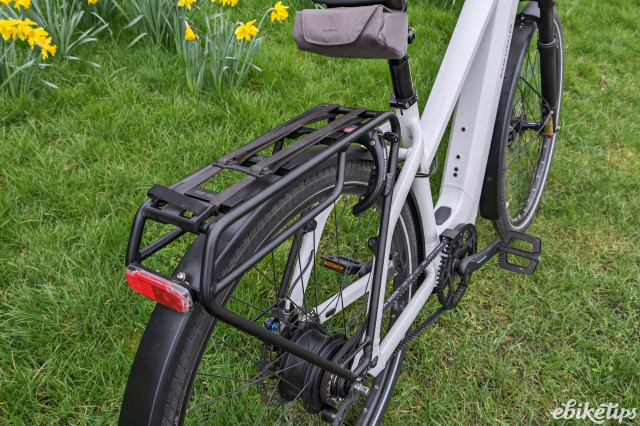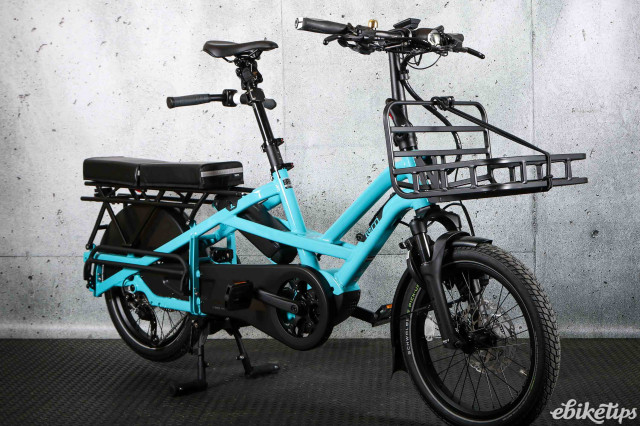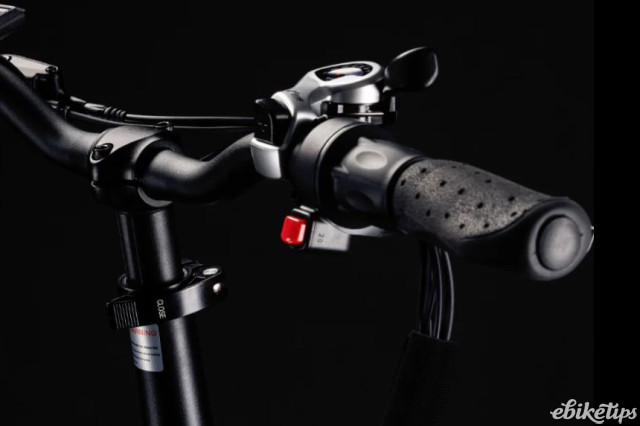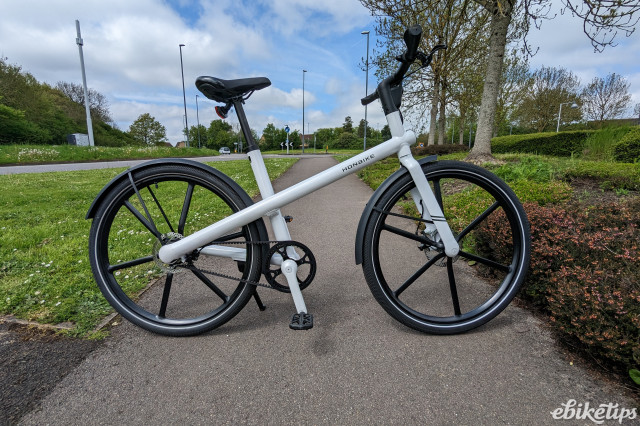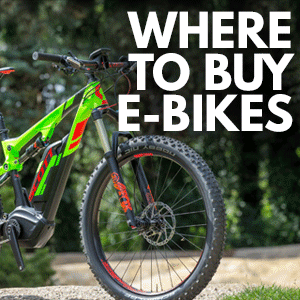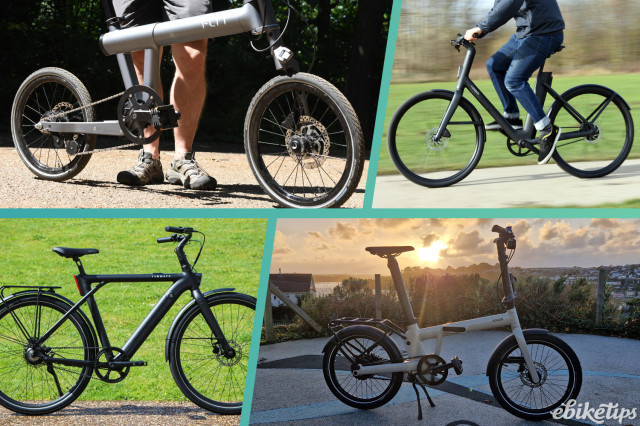Review: Riese & Muller Charger4 Vario
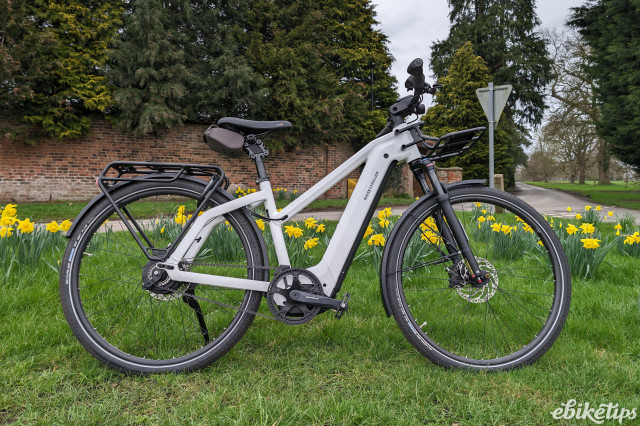
Overview
- Comfortable ride
- Excellent drive system
- Good battery range
- Expensive
- Heavy and bulky
Riese & Muller is a German electric bike brand focused on the more premium end of the market. Its bikes typically use Bosch drive systems and they are known for their high-quality and straightforward bike designs. So what makes the Riese & Muller Charger4 stand out?
Well, it's marketed as being for "long-lasting riding pleasure” and is built to be a dual-purpose bike. It's not just a commuter with some flashy extras; it’s been designed to excel in tougher conditions as well, with suspension forks and seat post.
But, this does come at a price – £4,549 for the most basic model in the range, or £5,139 for the model I tested: the Charger4 Vario.
Components
Vario means variable, which in Riese & Muller terms usually means the bike comes with continuously variable transmission (CVT). In this case, it’s the Enviolo 380 gear hub which seats neatly in the rear wheel. It’s certainly easy to use (and maintain). Simply adjust the twist grip shifter on the right hand side of the bars to make use of the full range of gearing - and of course, there is the added benefit that you can do this while the bike isn’t moving.
If I’ve not used an Enviolo hub for a while, it can take a few rides for me to remember which way to rotate my wrist to get the gears in the direction I want them, but overall it’s a pretty smooth experience. This hub is paired with a Gates Carbon belt drive, which again is low maintenance and has the added benefit of riders avoiding any oil on their trousers.
So how does it ride?
There’s no escaping the vastness of this bike. From trying to manoeuvre it around the house, to actually getting on the bike outside, it’s unignorably big (27.5kg). I think that if it was a pure urban bike, it would be bordering on the side of too large, considering it isn't a cargo bike.
But, on country lanes or well-packed bridleways it makes more sense - a bit like having a Fiat 500 in the city makes more sense than a Ford Ranger pickup truck, whereas out in the Wilds of Wannie, the latter will be more suitable.
But I digress. Once you get the bike out of the house and onto the road, it’s a pretty enjoyable ride. I felt relatively high up on my test bike, but the ride position was quite comfortable. If I had to gripe at one thing, it's that I actually found it a little difficult to reach the brake levers, and the ergonomic grips were a little too big. I have small hands, as a lot of women do, and I suspect it would be of benefit to more of us if brands offered smaller grips.
The Charger4 comes with suspension forks and suspension seat post. I’ve debated whether urban bikes need suspension before, but as this model isn’t specifically for cities I’ll agree that yes, it did add to the overall comfort and efficiency of the bike – particularly when it feels like I spend at least 70% of my rides trying to avoid various road imperfections.
Motor and battery
The comfortable ride is boosted by the powerful Bosch Performance Line CX motor. It packs a punch with up to 85Nm of torque and let’s be honest, not many hills are going to defeat this mid-drive monster. If you enjoy a silent ride, then this isn’t the system for you. It’s not exactly annoying, more of a reassuring whirring that you can’t ignore when you’re in Turbo mode or climbing a hill.
The motor’s engagement, however, is excellent. This is a bike that you feel the heft of, but it’s negated once the motor kicks in – which is almost instantly after you start pedalling. I know I keep talking about the weight, but if you’re in a hilly area and you’re worried about setting off from junctions on inclines, the fact that the motor is so reliable and instantaneous does alleviate some of that mental pressure you might feel at traffic lights or wherever.
The Charger4 Vario comes with a Bosch PowerPack 750Wh battery, which is excellent. It was one of those situations where it almost felt like an arduous task trying to drain the battery. I managed to get just under 100km out of it through some pretty terrible weather and I rode mostly in the Turbo or Auto modes (you can also choose from Sport and Eco). The modes are chosen using the control unit on the left side of the bars, which pairs with the Purion 100 display.
I felt like the Purion 100 option didn’t quite fit the rest of the specification on this bike, and I wondered if one of the Kiox displays might be better suited to something of this value. Nonetheless, it’s clear enough and shows you almost everything you’d want to know about your trip – except maps.
Accessories
You’ll notice the Charger4 comes with a lot of equipment that help push it outside the realm of pure commuting bike. The front and rear racks offer neat solutions for luggage, and the mudguards are a godsend in winter. The integrated lights also offer some peace of mind in terms of not having to source your own, and the kickstand makes life simple when trying to park.
Conclusion and value
Overall, the Charger4 is a decent e-bike. If you can look past the weight and the price, then it’s got a lot to offer outside of the usual A to B trips. It is a comfortable ride, although the bulkiness of it might put smaller riders off – regardless of the fact there are different sizes available. It’s well-equipped, and should present a reliable, yet enjoyable option for urban and countryside rides.
That being said, £5,139 is a lot of money. There are cheaper models in the range, but even they start at just £500 less.
If you’re after something more urban oriented, the Moustache Lundi 27.5 is a cheaper option at £3,999, but it doesn’t have quite as high a spec of motor.
If touring is more your bag, then the Canyon Pathlite:ON SUV range is worth a look. The bikes start at £2,599, although the closest competitor to the Charger4 is the £5,749 Pathlite:ON 9 SUV which uses the same drive system, but also comes with a Purion 200 display and ABS.
Conversely, if the weight of an e-tourer puts you off, then Riese and Muller has dipped its toes into lighter weight urban offerings like the UBN 5 Touring. this costs a couple of hundred pounds less, and uses a Fazua drive system rather than Bosch, but sits under 20kg for the whole package.














